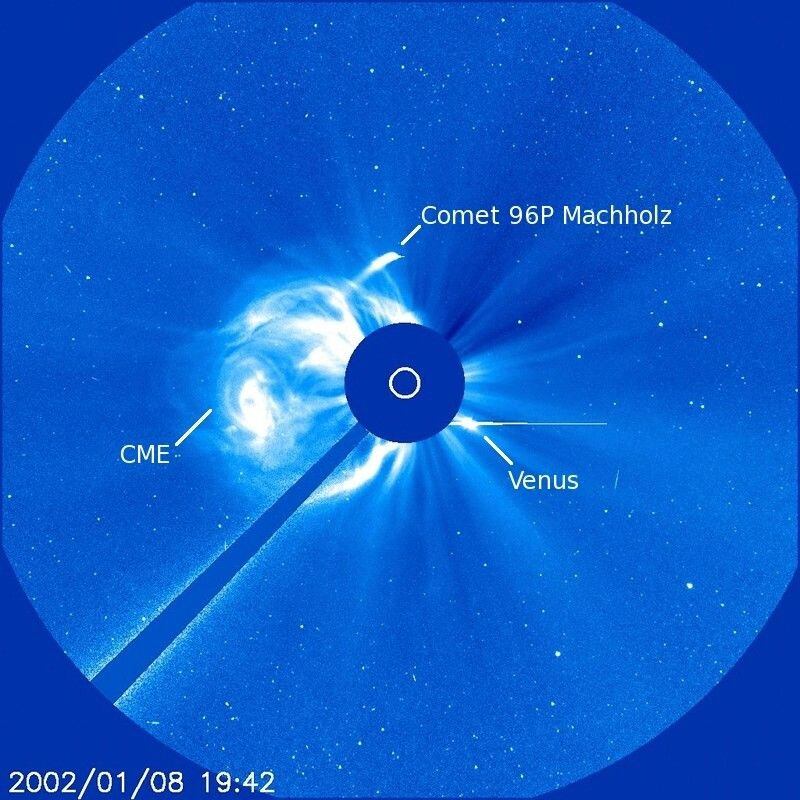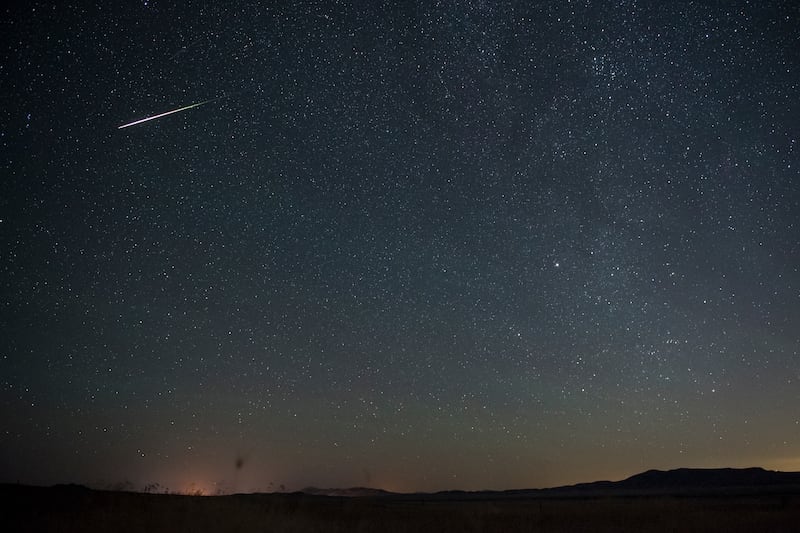- Peaks for two meteor showers will occur Tuesday night into Wednesday morning
- The best viewing times are between 12 a.m. and 3 a.m. in the southern sky.
- The prolific Perseid meteor shower is also under way in the northern sky.
Late summer’s season of nighttime spectacles gets an unofficial kickoff Tuesday as two regular meteor showers will peak simultaneously tonight and into early Wednesday.
Though among the minor meteor shower events, activity for both the Southern Delta Aquariid and Alpha Capricornids will be at peak activity between 12 a.m. and 3 a.m. local time for viewers in the Northern Hemisphere.
Individually, the two showers aren’t the most dramatic of “shooting star” events but together they’re expected to generate 20 or more meteors per hour and some of the phenomena may appear as larger “fireballs,” according to the American Meteor Society.
And for those with clear skies overhead, conditions should be excellent for viewing the meteors.
“Late July in 2025 will be a great time to view meteor activity, as the moon will be in the evening sky and setting before the activity is strongest,” the American Meteor Society explained on its website.
With each shower expected to produce up to a dozen visible meteors per hour under dark skies, the doubleheader means the total number of meteors “do add up,” Thaddeus LaCoursiere, planetarium program coordinator at the Bell Museum in St. Paul, Minnesota, told the Associated Press.
“Look for flashes of light in the night sky,” LaCoursiere said, adding that both are “very nice classic meteor showers.”
Watchers don’t need any special equipment to observe meteors and should look for activity in the southern sky.
What’s the origin of a meteor shower?
Meteor showers are regular phenomena that occur as the Earth travels through debris fields left behind by comets and, in some cases, asteroids.
The showers peaking on Tuesday are the result of debris from two comets, comet 96P/Machholz and comet 169P/NEAT, entering the Earth’s atmosphere and burning up in the extreme heat of atmospheric resistance.

The Alpha Capricornids — produced by slower-moving meteors — may have tails that linger slightly longer in the sky, said Nick Moskovitz of the Lowell Observatory in Flagstaff, Arizona.
A bonus to the north
Those planning on staying up late, or getting up early, to catch the show may also want to keep half an eye on the northern sky as the popular and prolific Perseids meteor display is also under way.
The Perseids, which are generated by debris from comet 109P/Swift-Tuttle, are active from July 17 through Aug. 23 this year with peak activity expected on Aug. 12-13, according to NASA.
With swift and bright meteors, Perseids frequently leave long “wakes” of light and color behind them as they streak through Earth’s atmosphere. And they are one of the most plentiful showers with about 50 to 100 meteors seen per hour.
NASA reports the Perseids are best viewed in the Northern Hemisphere during the pre-dawn hours, though at times it is possible to view meteors from this shower as early as 10 p.m. local time.



